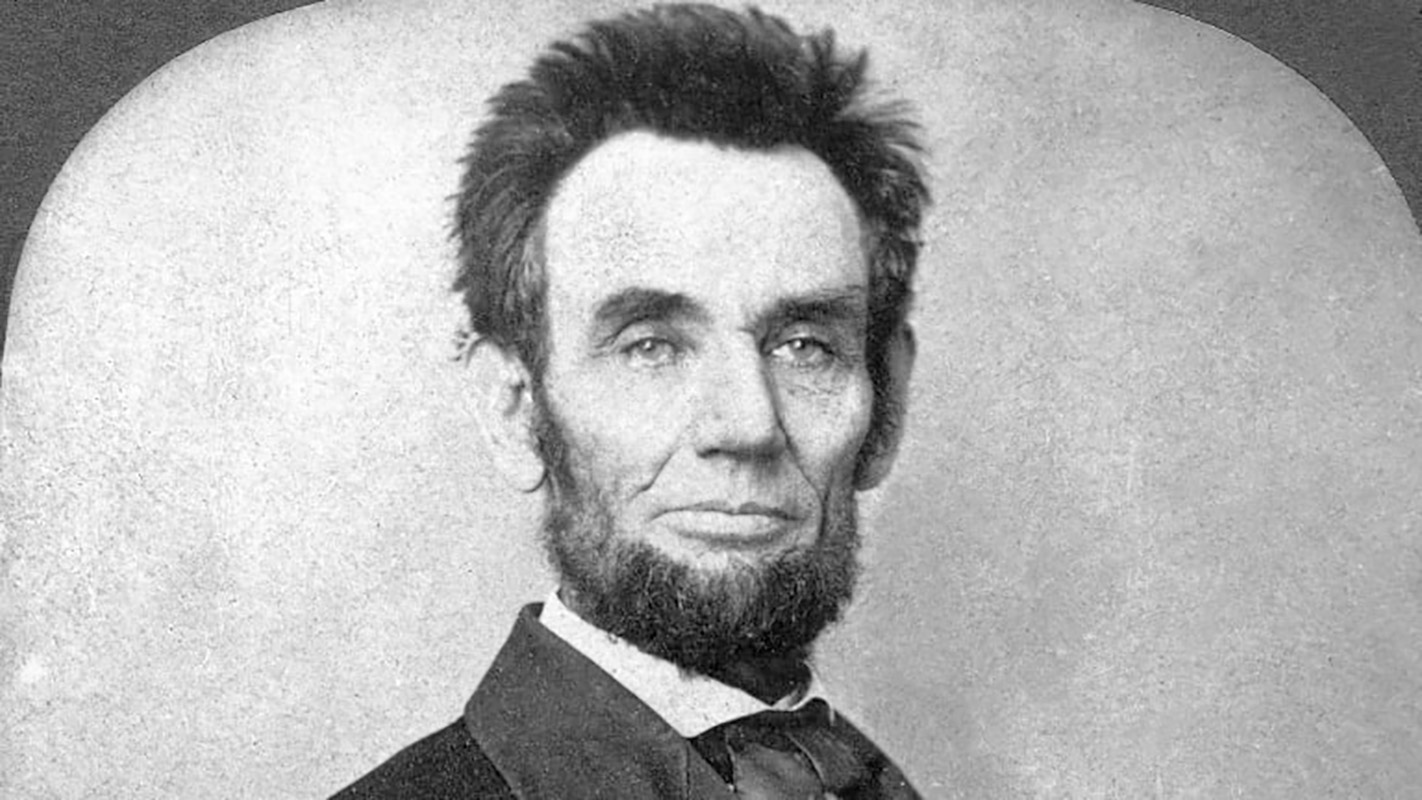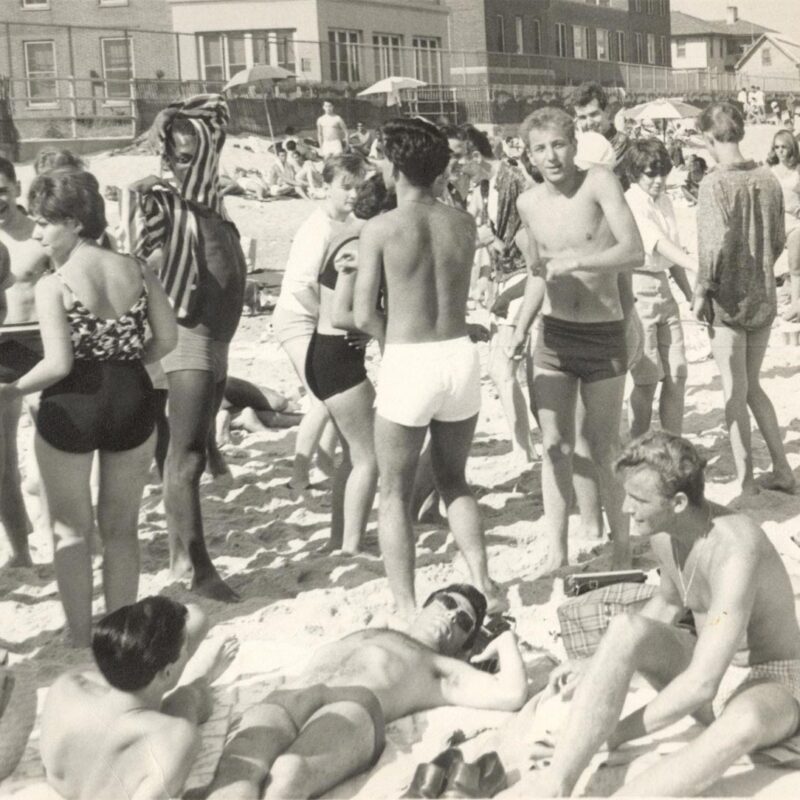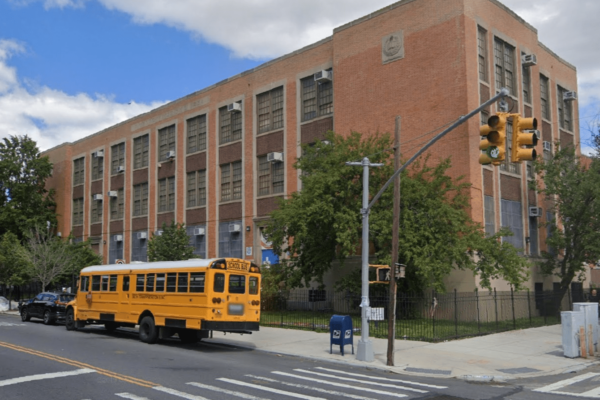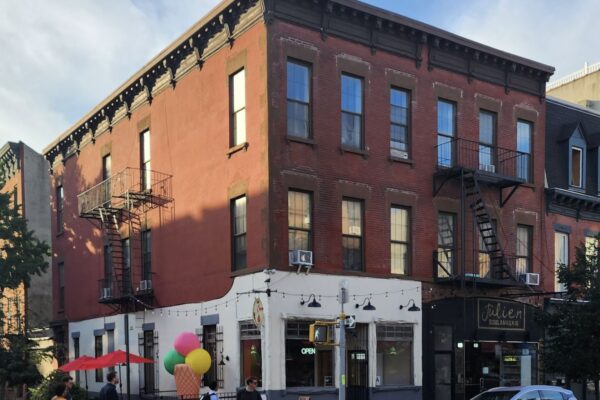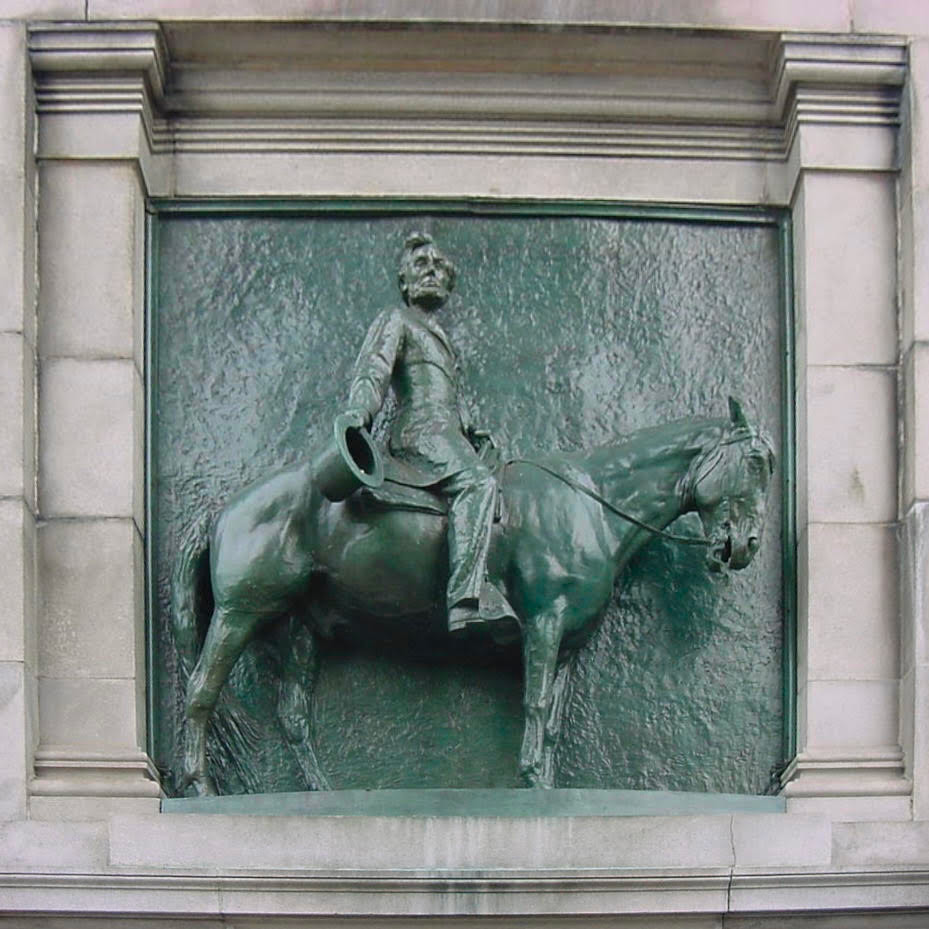
Abraham Lincoln Sculpture
overview
Many New York City public parks and playgrounds are named in honor of prominent figures in New York City and American history. In addition, there are memorials that honor LGBT individuals.
The Abraham Lincoln Sculpture, in Brooklyn’s Grand Army Plaza, inadvertently honors an LGBT individual.
On the Map
VIEW The Full MapHistory
Many New York City public parks and playgrounds are named in honor of prominent figures in New York City and American history. The NYC LGBT Historic Sites Project compiled a list of public parks and playgrounds named after gay men, lesbians, and bisexuals, several of which intentionally honor an LGBT individual. In addition, there are memorials that honor LGBT individuals. This list includes the Abraham Lincoln Sculpture, in Brooklyn.
This bronze relief sculpture on the Soldiers and Sailors Memorial Arch in Grand Army Plaza celebrates President Abraham Lincoln, and also inadvertently honors his probable LGBT history. Lincoln (1809-1865) was the 16th President of the United States (1861-1865), during which time he presided over the Civil War, succeeding in maintaining the union of the states and abolishing slavery. He is consistently listed as one of the greatest U.S. Presidents. Born in Kentucky, he was self-educated and became a lawyer and Illinois state legislator and Congressman, prior to running for President. Lincoln was martyred by assassination just after the end of the war.
Lincoln was married at age 33 to Mary Todd and fathered four sons. There has been much interest, speculation, and research about Lincoln’s sexuality, however, since at least 1926 by poet Carl Sandberg in his biography of the President. In particular, there has been much analysis of Lincoln’s relationship as a young man with Joshua Fry Speed, who he met in 1837 and with whom he shared a bedroom until 1841 in Springfield, Illinois. C.A. Tripp, a psychologist who worked with sexologist Alfred Kinsey in the 1950s and wrote the groundbreaking book The Homosexual Matrix (1975), among other works, began his academic research on Lincoln’s sexuality in the 1990s. In The Intimate World of Abraham Lincoln (2005), Tripp concluded that Lincoln had relationships with other men throughout his lifetime. The Lincoln-Speed relationship has inspired a number of novels, plays, and art projects.
The Soldiers and Sailors Memorial Arch in Grand Army Plaza was constructed in 1892. This relief sculpture of Lincoln on horseback, cast in bronze, was created in 1893-94 by noted painter Thomas Eakins, who modeled the horse, and sculptor William R. O’Donovan, who modeled Lincoln. It wasn’t dedicated until 1901.
Entry by Jay Shockley, project director (November 2022).
NOTE: Names above in bold indicate LGBT people.
Sources
“Abraham Lincoln,” Out History, bit.ly/3trpTLW.
“Abraham Lincoln,” NYC Department of Parks and Recreation, on.nyc.gov/3H0sjum.
C.A. Tripp, The Intimate World of Abraham Lincoln (New York: Basic Books, 2005).
Gore Vidal, “Was Lincoln Bisexual?,” Vanity Fair, January 3, 2005.
“Honest Abe,” Teaching History, bit.ly/39IgOXi.
Hrag Vartanian, “The Bed Where Lincoln Slept with Another Man,” Hyperallergic, February 21, 2014, bit.ly/3pLxbb7.
Lewis Gannett, “C. A. Tripp’s Journey to Lincoln,” The Gay and Lesbian Review, March 1, 2005, bit.ly/2EWQ7z3.
Mark Segal, “Abraham Lincoln: A Life in the Closet?,” Washington Blade, October 25, 2011, bit.ly/2Tom248.
Do you have more information about this site?
This project is enriched by your participation! Do you have your own images of this site? Or a story to share? Would you like to suggest a different historic site?
